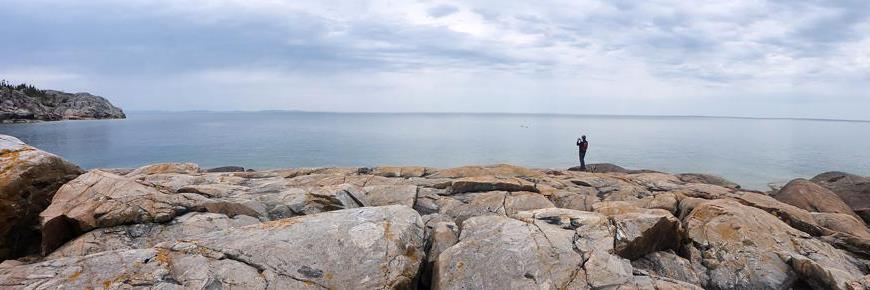
Gull-p…what’s happening to the herring gulls?
Pukaskwa National Park
By Jenna MacLaurin
Herring Gulls, collectively referred to with other gull species as ‘seagulls’, may seem like they’re everywhere, but lately in Pukaskwa we’ve been finding the opposite.
This summer, as part of the Ecological Integrity Monitoring Program (EIMP), Pukaskwa National Park’s Resource Conservation staff counted nests of the colonial waterbirds (fish-eating birds that nest in groups) on the islands off Pukaskwa’s coast. This survey occurs during peak breeding season, which depending on the year ranges from mid-May to mid-June, and has been completed in Pukaskwa every 2 to 5 years since 1977.
The results of the survey indicate the number of nests along Pukaskwa’s coast has declined 90% since surveys began in 1977, and this trend has not been exhibited in other areas of Lake Superior. Although there are lots of theories, Parks Canada is not currently certain why exactly the decline has occurred. To figure it out, Pukaskwa has begun work this summer with Environment Canada’s research scientist, Dr. Craig Hebert, to look at dietary differences between the gulls in Pukaskwa and Fathom Five National Marine Park, as a causal effect. A small sample of gull eggs were collected from each site that will give an indication of the fatty acid and nutrient content that females are producing. Any differences may help explain at least one of the stresses which may be contributing to lower nest numbers that have been observed in Pukaskwa in the past few decades.

Dr. Craig Hebert from Environment Canada measuring a herring gull egg on an island off Pukaskwa’s coast © Parks Canada
- Date modified :